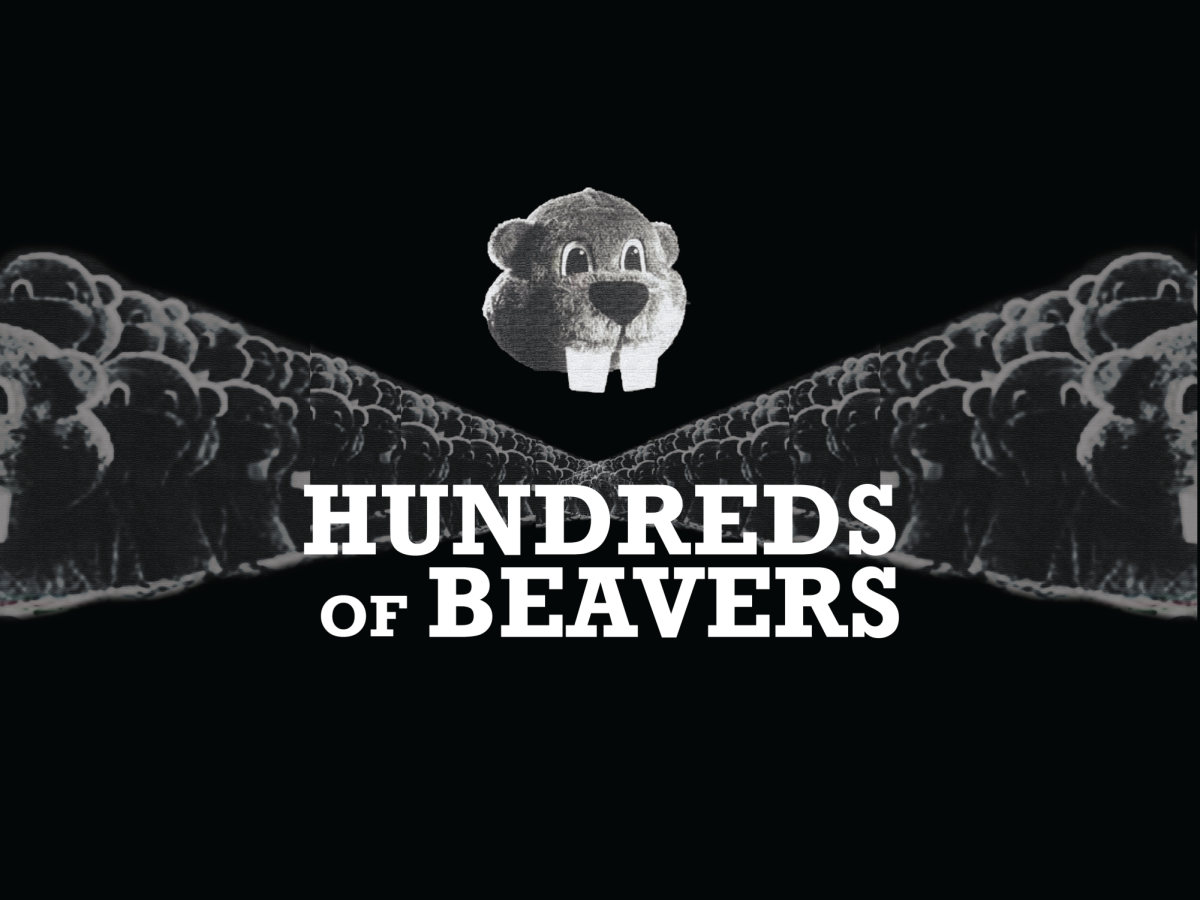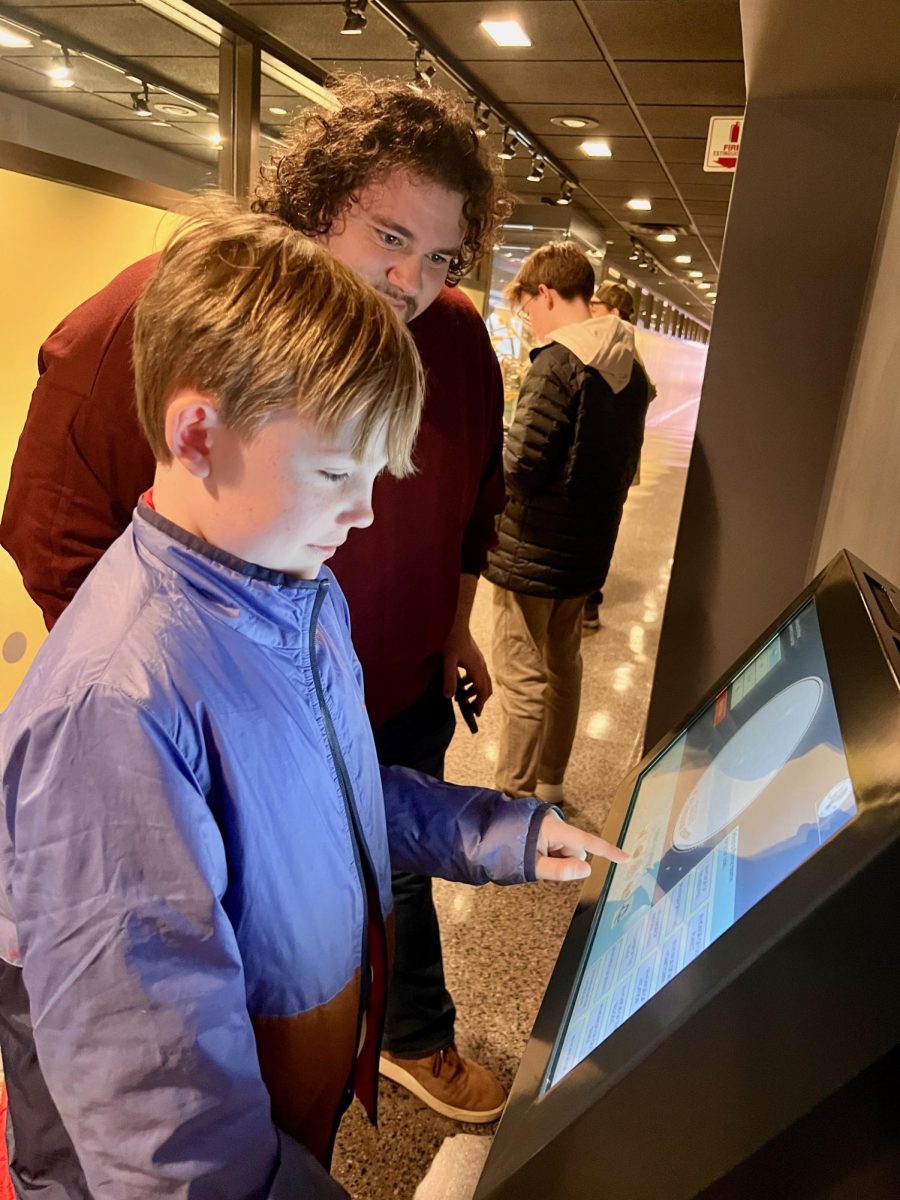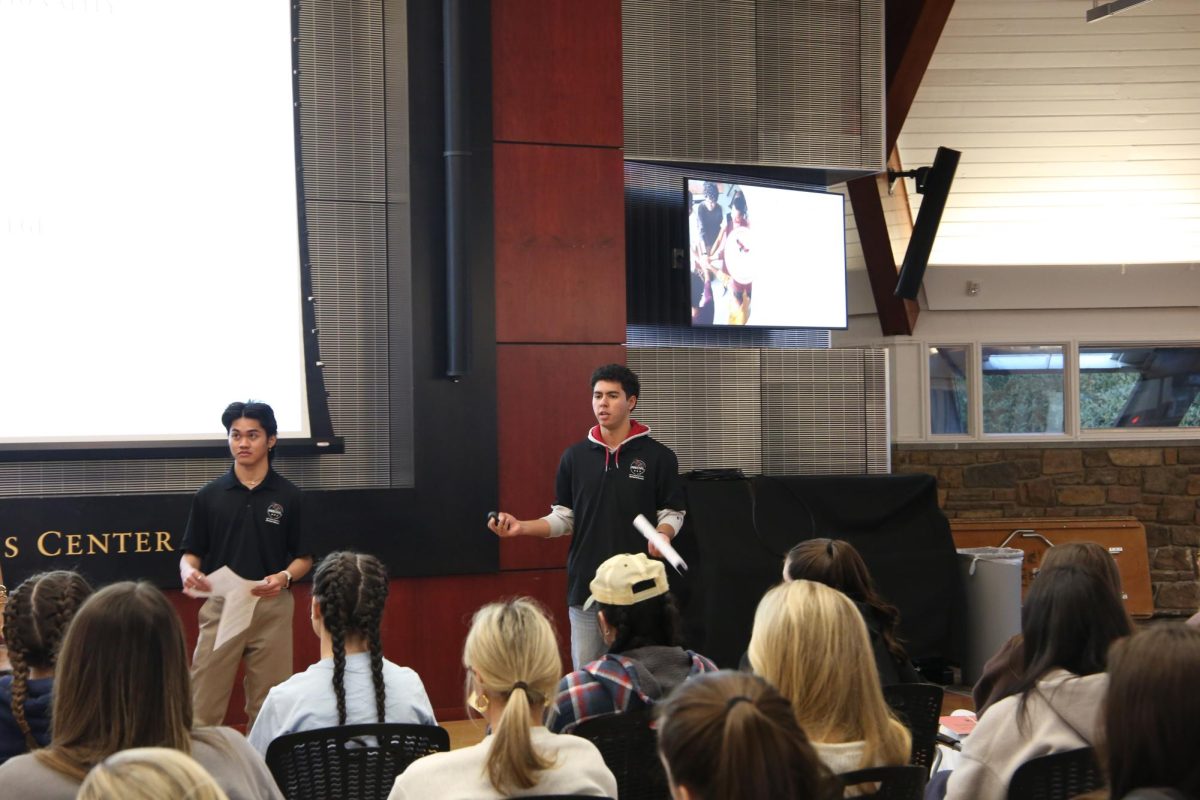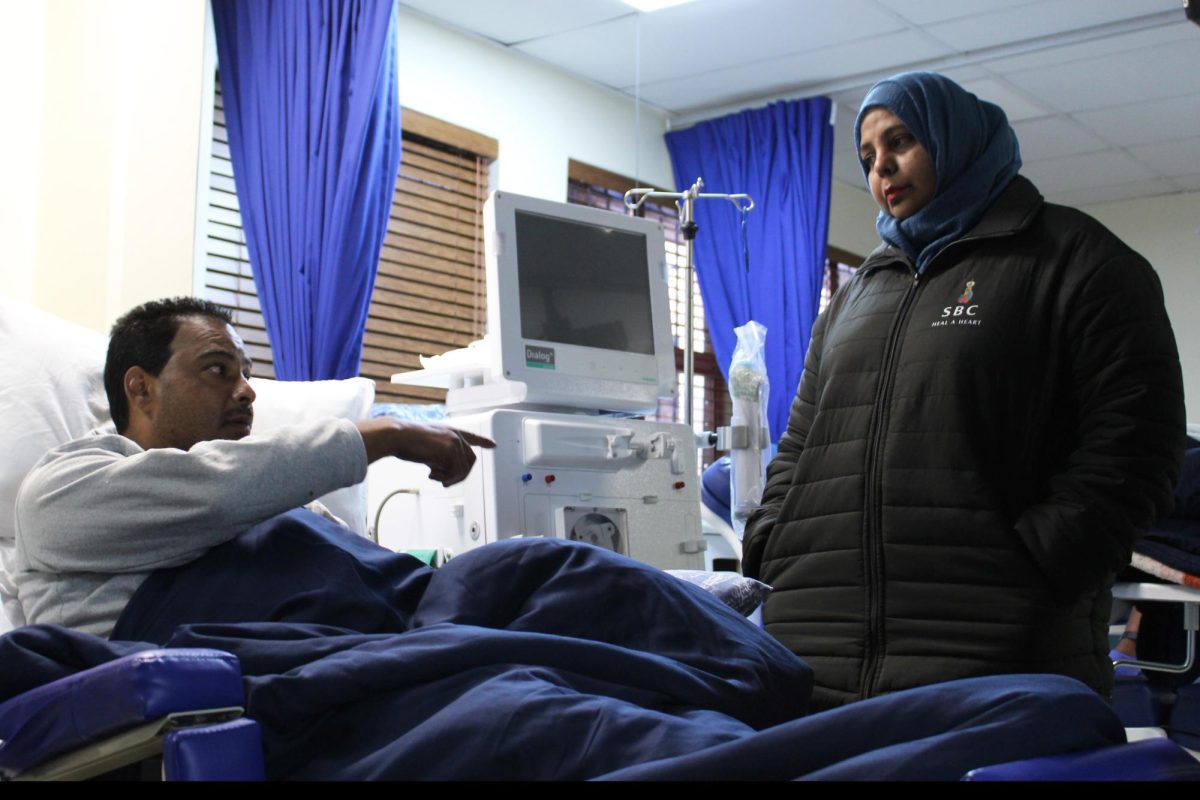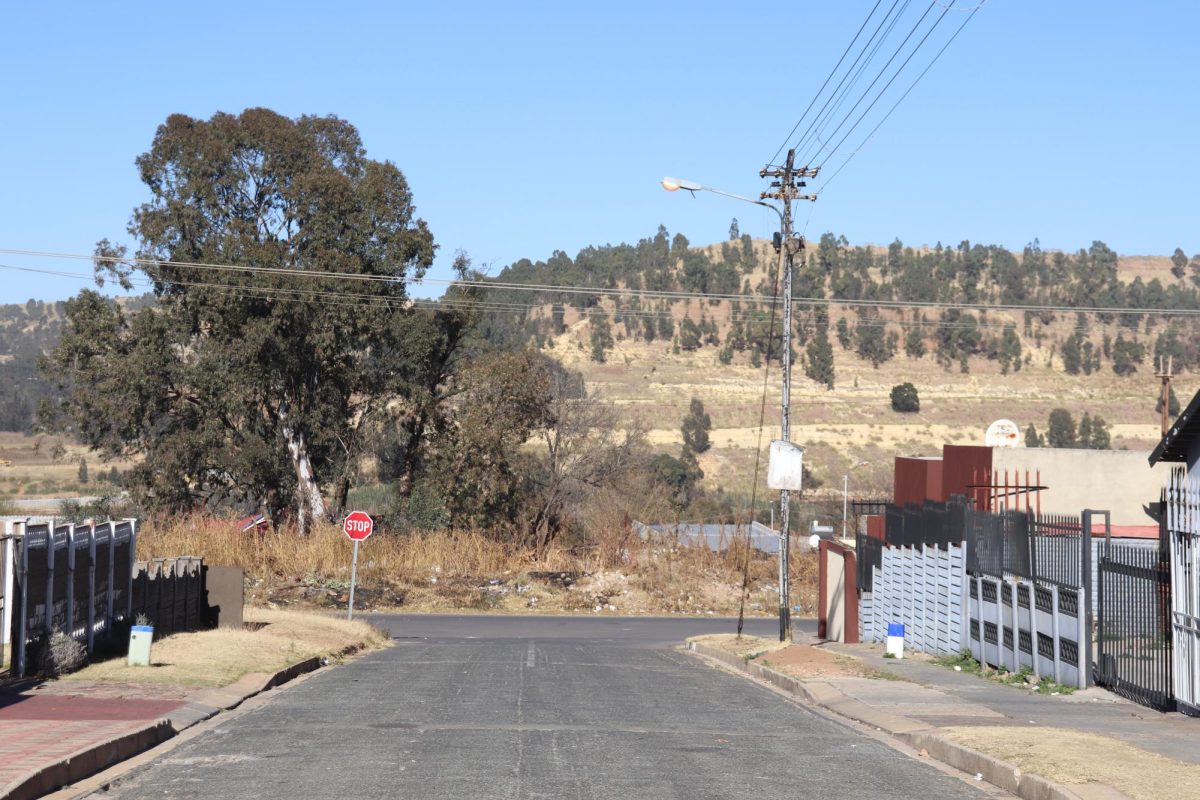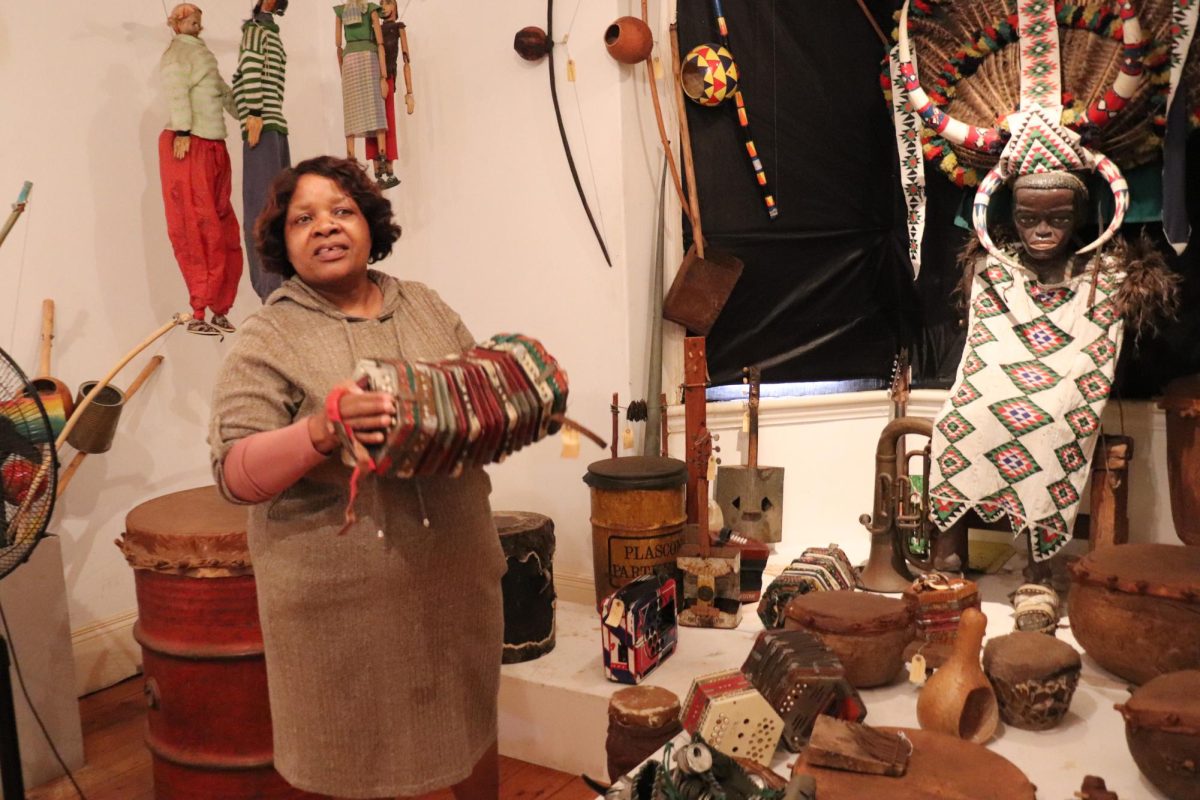Exploring alternatives to traditional animal dissections
Most of us probably saw nothing more to the classic science lesson in school
when the teacher announces it’s time to explore the important organs of the body and pulls out a sealed bag containing a deceased animal that has been frozen and preserved for a classroom dissection.
However, at Canada’s Tahayghen Elementary School in February, a teacher began a dissection demonstration by killing live rabbits in front of a class of fourth through seventh graders. This caused students and parents to ask: how ethical is this long-held tradition of classroom dissection?
In the 21st century, we have many less-damaging alternatives that still maximize a similar hands-on learning experience, calling forth a definite end to dissection.
People for Ethical Treatment of Animals (PETA) reported that 10 million animals are dissected each year in U.S. schools alone. To provide dissectible carcasses for these schools, some supply companies collect their specimens from animals that have already died in the wild. Some may argue that using deceased animals for this purpose is resourceful, but according to PETA, companies also purposely kill animals to meet the demands of the classroom.
The National Anti-Vivisection Society states that 99% of animals dissected are from the wild, which negatively affects biodiversity in our ecosystem. Amphibians, such as frogs, are declining in population, and dissections are increasing their chances of becoming extinct. PETA has also found the treatment of animals in this process to be both cruel and concerning.
In their investigations, PETA discovered that Bio Corporation, a big animal specimen supply company, purposely drowned pigeons in crates and injected latex into living crayfish. Turtles are left in freezers to die while rabbits and rats are forced into gas chambers.
Even for educational purposes, we need to realize that animals are beings who need to be treated with respect. We need to act on our morals and seek justice for those who can’t speak up for themselves.
After animals are killed, preserving them for classroom use requires harsh chemicals that are detrimental to the environment and humans.
Formaldehyde is used for preserving specimens because of how inexpensive it is. However, it is also a carcinogen in cigarette smoke known to cause respiratory issues and cancer. Even if the formaldehyde is washed off before the specimen is dipped in another solution, there is still a high chance that remaining traces of it will linger.
Because of this hazard, the National Science Teachers Association recommends proper ventilation that some schools can’t afford. In addition, the chemical is so harmful that the association recommends that no formaldehyde-preserved animal dissections should be done in middle school.
Participation in dissections can direct students to find passion in a specific career, such as one student who decided to become an optometrist after dissecting a cat’s eye. However, other alternatives exist to serve the same purpose, but in a more humane, safer and cost-efficient way.
Advanced technology apps, such as Froggipedia and 3D Frog Anatomy, provide accurate 3D models of a frog’s stages of their life and anatomy. The app offers a real-time guide through the process of dissection. The dissection feature on the app is easy to use and can be done with a quick swipe of a finger on a device such as an iPad.
Synthetic specimen kits, such as SynFrog, can also be used as an alternative to frog corpses SynFrog provides an accurate model of a frog with precision in size, textures and colors. The kit comes with synthetic organs that accurately depict the tissues of the body. It is a hands-on experience without the toxic chemicals and possible unethical practices of acquiring specimens.
Apps and kits are environmentally-friendly and can be reused, making it cheaper to provide specimens each year. And, there is even a lesser chance that students will be grossed out during the exploration.
The quality of education is not lost when dissections are omitted within the K-12 curriculum. Some students and teachers may assume that the closer we get to the real animal, the better.
However, the Physicians Committee for Responsible Medicine reported that U.S. and Canadian medical schools use alternative ways to dissect animals as part of their training requirement. In fact, according to a statement from the committee on June 30, 2016, “The University of Tennessee, the last remaining school to use animals, now joins all other programs in the United States and Canada in using human-relevant training methods like advanced medical simulators.”
If removing the use of animal carcasses in the classroom is good enough for medical professionals in training, then it should be good enough for the K-12 curriculum.
For those on the path of becoming a healthcare professional, it is beneficial to stay informed of these alternatives, so when your teacher says it’s time to get the gloves and scalpels, you know better than to dive into the literal heart of these voiceless creatures.








